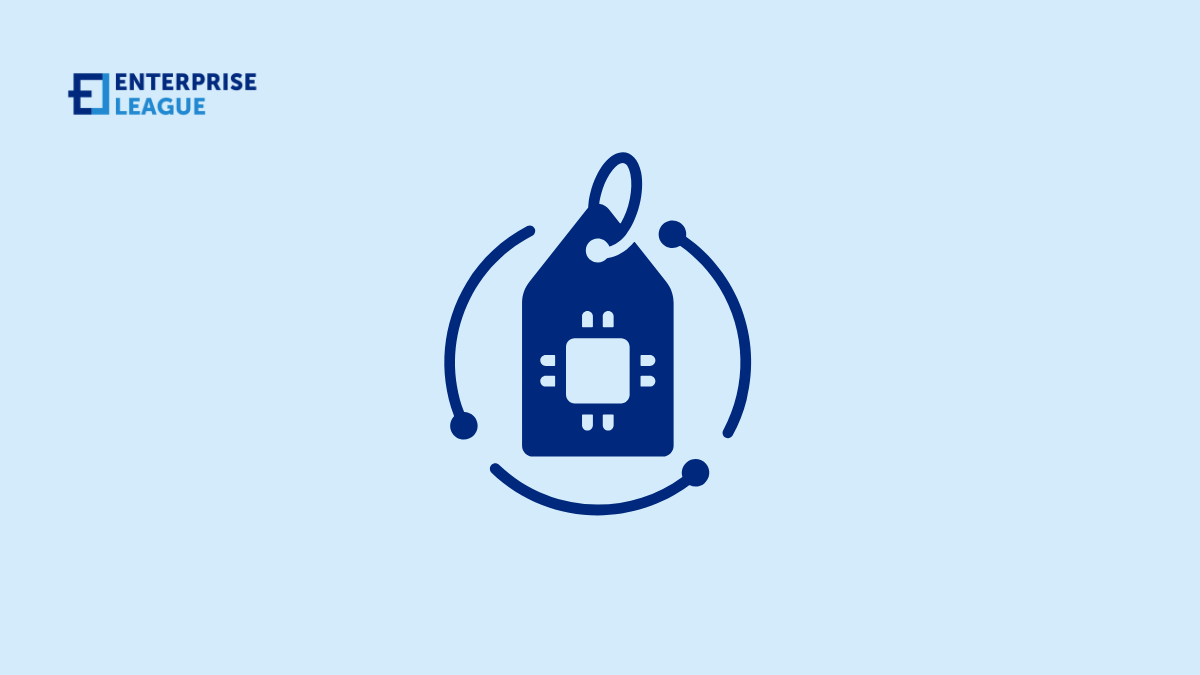As AI grows more sophisticated, properly labeled data has become the essential ingredient for success. Looking ahead to 2025, we’ll see major shifts in how companies approach data labeling that will directly impact AI performance, precision, and responsible use. The industry is changing quickly, from smart tools that speed up the labeling process to distributed teams of annotators working globally, several important developments are transforming both the methods and results of data preparation for machine learning.
AI-assisted labeling and automation
One of the biggest shifts in data labeling is the increasing use of AI-driven automation. Machine learning-powered annotation tools are reducing the time and effort required to label large datasets. While AI-assisted labeling enhances efficiency, human oversight remains crucial to ensure accuracy and minimize biases.
Human-in-the-Loop (HITL) for enhanced accuracy
Despite automation, human expertise remains indispensable in data labeling. The data labeling company integrates human-in-the-loop (HITL) approaches, combining AI capabilities with human judgment to improve the quality of labeled data. This hybrid method is particularly important in sensitive fields like healthcare and autonomous driving, where precision is critical.
Crowdsourcing and decentralized annotation
The rise of remote work has contributed to the growth of crowdsourced and decentralized data labeling. Companies are leveraging distributed workforces to scale their labeling operations while ensuring cost-effectiveness. However, ethical considerations, such as fair wages and worker well-being, remain at the forefront of discussions around crowdsourced annotation.
Addressing bias with more diverse datasets
AI bias continues to be a significant challenge, and in 2025, efforts to create more diverse and representative datasets are gaining momentum. By prioritizing inclusive data labeling practices, companies can help AI models generate fairer and more unbiased outcomes, reducing errors in real-world applications.
Synthetic data and augmented labeling
To complement traditional labeling methods, companies are increasingly turning to synthetic data. This involves generating artificial datasets that mimic real-world data, helping fill gaps where real data is scarce or sensitive. Synthetic data is especially useful in training AI for rare events, such as fraud detection and medical diagnoses.
Privacy-focused and secure labeling methods
With growing concerns about data privacy, organizations are adopting secure labeling methods. Techniques like federated learning allow AI models to be trained on decentralized data without exposing sensitive information. Compliance with privacy regulations, such as GDPR and CCPA, is also driving innovation in secure data handling.
Real-time and continuous labeling
The increasing demand for real-time AI applications, such as chatbots and recommendation engines, has led to the rise of continuous data labeling. Rather than relying on static datasets, AI models are now being trained and updated with live data, ensuring they remain accurate and relevant in dynamic environments.
Conclusion
As AI-driven technologies become more sophisticated, the need for high-quality labeled data will only grow. The emerging trends in data labeling for 2025 reflect a shift toward greater automation, ethical considerations, and real-time adaptation. By embracing these innovations, businesses can build more reliable and effective AI models that drive real-world impact.
More must-read stories from Enterprise League:
- What’s the secret to running successful cold email campaigns?
- Getting your product in stores doesn’t have to be complicated.
- Find out how having age diversity in the workplace can improve your business.
- Learn how to deal with rude customers in a creative way.
- All the reasons why we should support local businesses and shop local.
Related Articles
The 9 Best Payment Processing Services for SaaS
Running a software business means handling money from customers who expect things to work smoothly. They sign up, enter their card details, and assume the rest happens without a hitch. On your end, though, payment processing is a whole different story. You need...
Building a U.S. Real Estate Portfolio: Why Beverly Hills Should Be Your First Step
The United States has long been a magnet for real estate investors seeking stable returns and prestige. Among its many luxury markets, one name consistently stands out: Beverly Hills. Known worldwide for its glamour and exclusivity, it represents more than just a...
Top 7 SEO Services for Law Firm Websites
In the legal sector, digital visibility is the primary determinant of case volume. For attorneys, implementing a specialized SEO service for Law Firm website is a fundamental requirement for operational stability. Generalist marketing strategies frequently fail in...
The 9 Best Payment Processing Services for SaaS
Running a software business means handling money from customers who expect things to work smoothly. They sign up, enter their card details, and assume the rest happens without a hitch. On your end, though, payment processing is a whole different story. You need...
Building a U.S. Real Estate Portfolio: Why Beverly Hills Should Be Your First Step
The United States has long been a magnet for real estate investors seeking stable returns and prestige. Among its many luxury markets, one name consistently stands out: Beverly Hills. Known worldwide for its glamour and exclusivity, it represents more than just a...






